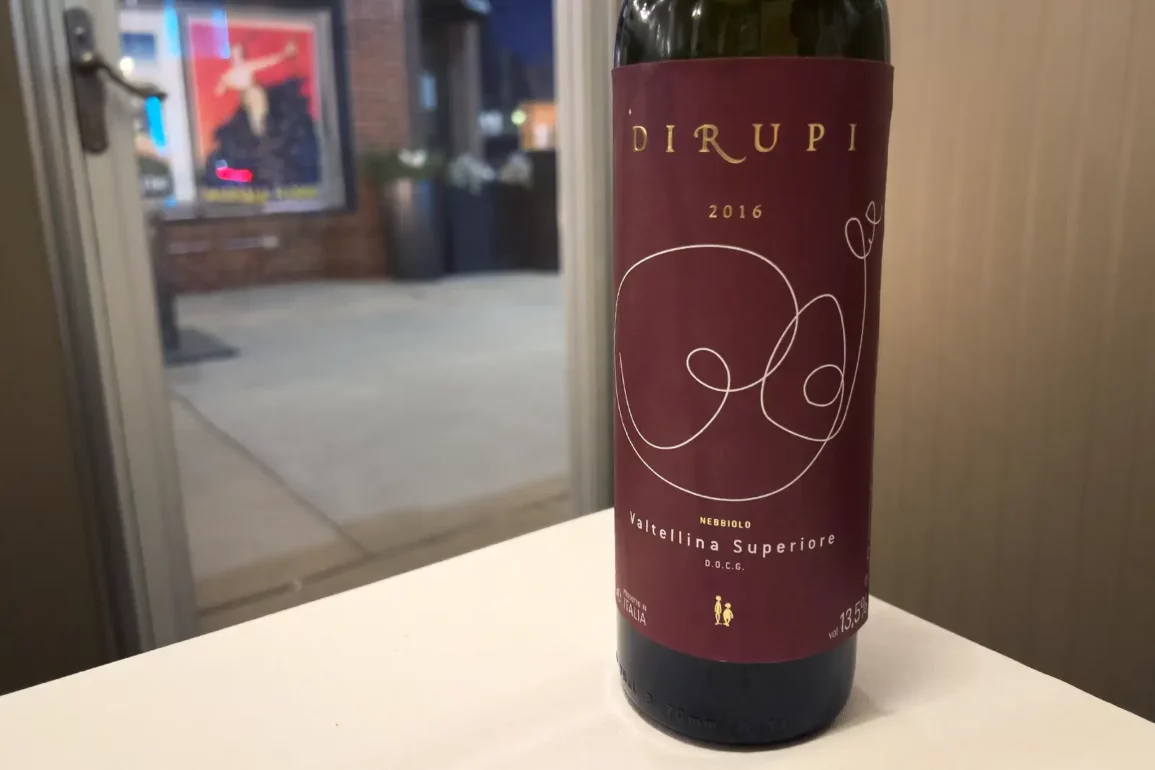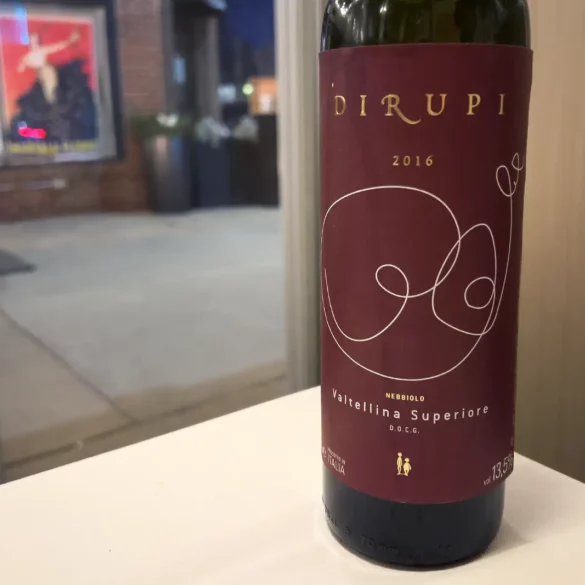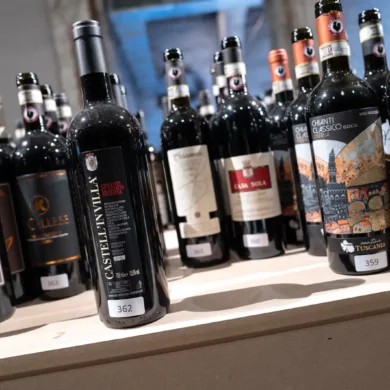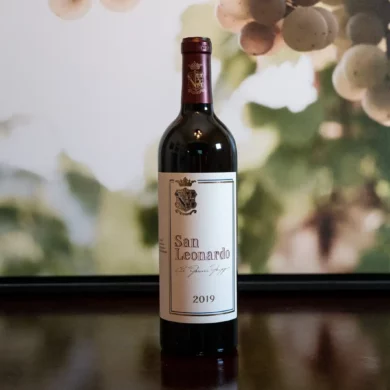It has been since before the pandemic that I have ordered a Barolo or Barbaresco in a restaurant. The reason is simple: it has become too expensive. As much as I adore these two appellations and their towering, epic wines — and as much as I love a good splurge from time to time — the thought of adding $150+ to any restaurant bill when there are incredibly good Nebbiolo wines for half the price elsewhere on the list … let’s just say I haven’t been able to talk myself into Barolo in such a circumstance.
It tastes like Nebbiolo, but it feels like an alpine wind.
Case in point: Last month, my wife and I were out celebrating 25 years together at Denver’s Barolo Grill (Barolo Grill, no less!), when I ran these calculations through my head. Everything about the occasion called for a spendy bottle with some age. But then again, I like what I like and I am what I am (read: not an investment banker, but a professional writer).
Also: I know what I know.
Valtellina Superiore is one of the most impressive wine regions in the world. Only the Duoro in Portugal can compete for sheer volume of stone-wall terraces, and only the Mosel can compete for consistently insane degrees of steepness over such a large vineyard area. Yet Valtellina has won my heart because (a) it is ensconced by the Alps and (b) it is made of Chiavennasca, the local name for Nebbiolo. It tastes like Nebbiolo, but it feels like an alpine wind. It requires twice as much effort in the vineyard, yet it still costs half of what Barolo goes for.
Dirupi is a small yet impressive winery — the labor of love for two local boys-to-men, Davide Fasolini and Pierpaolo di Franco. They grew up in Sondrio, and from an early age took an interest in the toil that was happening on the slopes above their city. Valtellina’s existence resides on a knife’s edge of solvency, and the temptation for younger generations to find another line of work is understandable. But Fasolini and di Franco committed, and today they are one of the top producers in the region. Their standard Valtellina Superiore comes from some of the highest vineyards in the DOCG, and their wines today are certified organic, which adds even more labor hours into the equation.
Fresh yet sturdy, floral yet earthy, the exquisite 2016 was a good call. A very good call. Cheers to Barolo Grill’s sommelier Erin Lindstone, who helped me survey the myriad options on their wine list, and for ultimately coaching me back to my gut instinct. She knew this wine was a rock star, and she didn’t try to talk me into something more expensive.
If you live in Denver or plan to visit the city, make a stop at Barolo Grill a priority. It is always a great night.
2016 Dirupi Valtellina Superiore
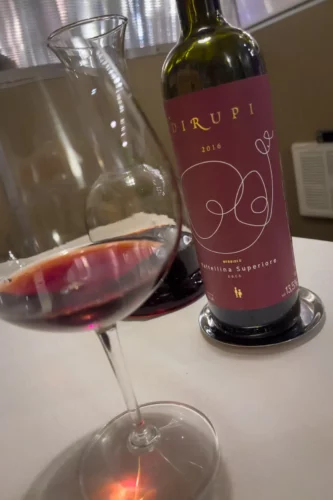 Valtellina Superiore DOCG (Lombardy )
Valtellina Superiore DOCG (Lombardy )
Grapes: Chiavennasca (Nebbiolo) 100%
Alcohol: 13.5%
Opinion: ★★★★★ (out of five)
Food friendliness: Versatile
Value: Exceptional
A beginner might like … seeing the alpine alter ego of Barolo. I’ve noted before that Valtellina Superiore resides on a continuum between Piedmont’s most iconic wine and red Burgundy. There is a finesse to this wine which seems to be coaxed from its alpine environment. Commit this flavor profile and structure to memory and revisit Valtellina often.
A wine obsessive might like … comparing this wine to the area’s other exceptional producers — ARPEPE, Sandro Fay, Barbacan and Tenuta Scerscé — and taking note that Dirupi’s vineyard holdings are higher than anyone else. Often attributed as the No. 1 factor in terroir of Valtellina, vineyard elevation plays a key role in sculpting Valtellina Superiore through wind exposure, cooler night air and more UV ray exposure. How does that manifest here? Don’t take my word for it. Compare it to their contemporaries and see what you notice.
Note: This wine was purchased with funds raised from subscribers like you. Thank you for your support.

